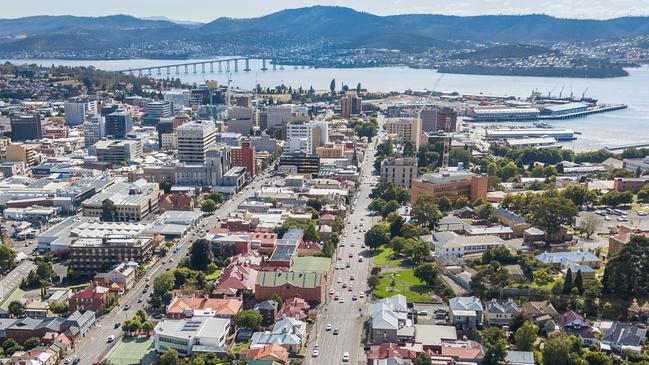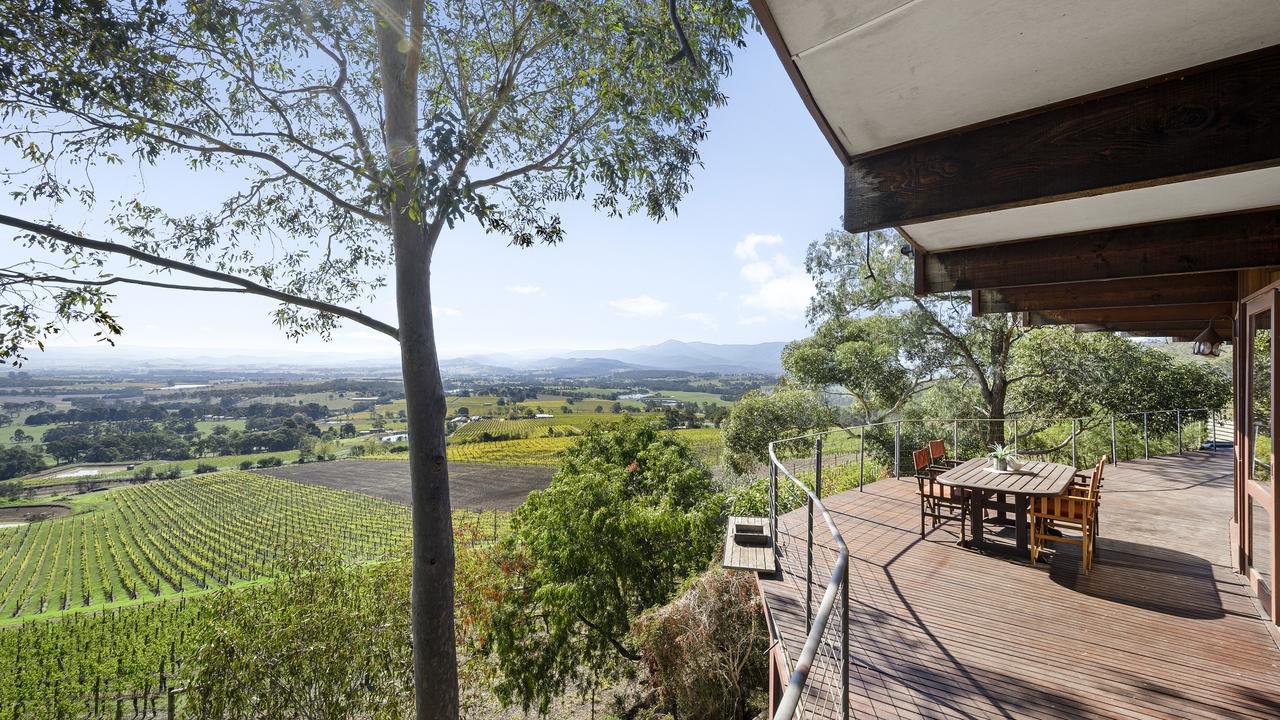Housing downturn spreads with worst annual drop since GFC
Even once resilient markets are succumbing to the worst property downturn since the GFC.

The housing downturn has continued to spread, with the fall in prices during the last year the worst since the global financial crisis, researcher CoreLogic’s monthly housing index shows.
National house prices fell 0.5 per cent in April, culminating in a 7.2 per cent decrease in prices over the past 12 months. The annual decline is the worst since February 2009, the year the global financial crisis spread through the Australian economy.
A majority of economists are predicting an upcoming interest rate cut by the Reserve Bank of Australia, which CoreLogic’s head of research Tim Lawless said may stem the falling property values.
“Any sort of reduction in the cost of debt is going to have a positive effect on the markets,” Mr Lawless said.
“We’re already seeing signs that the rate of decline is easing off and potentially that could support a further easing in declines. It might also stave off some of the really modest or light declines we’re seeing in very affordable markets like Brisbane and Adelaide and start to support some level of recovery in markets that have seen and entrenched downturn like Perth and Darwin.”
Housing value falls in Sydney and Melbourne slowed in April to 0.7 per cent and 0.6 per cent respectively, an improvement on falls of about 1 per cent in December.
Canberra, the only capital to stay in the black, experienced 0.4 per cent growth for the month.
The previously resilient markets of Brisbane and Adelaide continued their falls last month. Brisbane slipped 0.4 per cent in April, adding to annual falls off 1.9 per cent. Adelaide on the other hand maintained a positive annual result of 0.3 per cent but fell 0.1 per cent for the month.
Surprisingly, the Hobart market reported a fall of 0.9 per cent for the month. The Tasmanian capital is currently at its peak, having experienced an increase in the prices of 3.8 per cent over the past 12 months.
“The inclusion of Hobart in the falling values list is a little bit different because that’s been such a standout growth market. That probably does suggest a few cracks appearing in Hobart’s strong trajectory of capital gains,” Mr Lawless said.
“An almost 1 per cent fall over the month is substantial, but we probably need to see a few more months of this sort of pattern before we can clearly say the market is moving through a peak.”
Four of the top 10 best performing capital city subregions reported annual declines over the last 12 months. Along with Hobart, the ACT had the most significant annual price growth.
On the other end of the spectrum, most of the subregions leading the weaker end of the market were in Sydney and Melbourne.
Regional markets performed quite well compared to metropolitan centres, with the satellite areas around Melbourne and Hobart standing out. South East Tasmania topped the list with annual price increases 8.6 per cent, followed by the state’s west and north west, increasing 7.1 per cent. Ballarat, Latrobe-Gippsland and Shepparton in Victoria also performed well, each benefiting from relative affordability and increased state migration.
But Sydney satellites Newcastle and the Illawarra struggled, falling 8.6 per cent and 9.9 per cent respectively over the last 12 months. The biggest regional price falls continued to be in found in outback Queensland and South Australia.



To join the conversation, please log in. Don't have an account? Register
Join the conversation, you are commenting as Logout